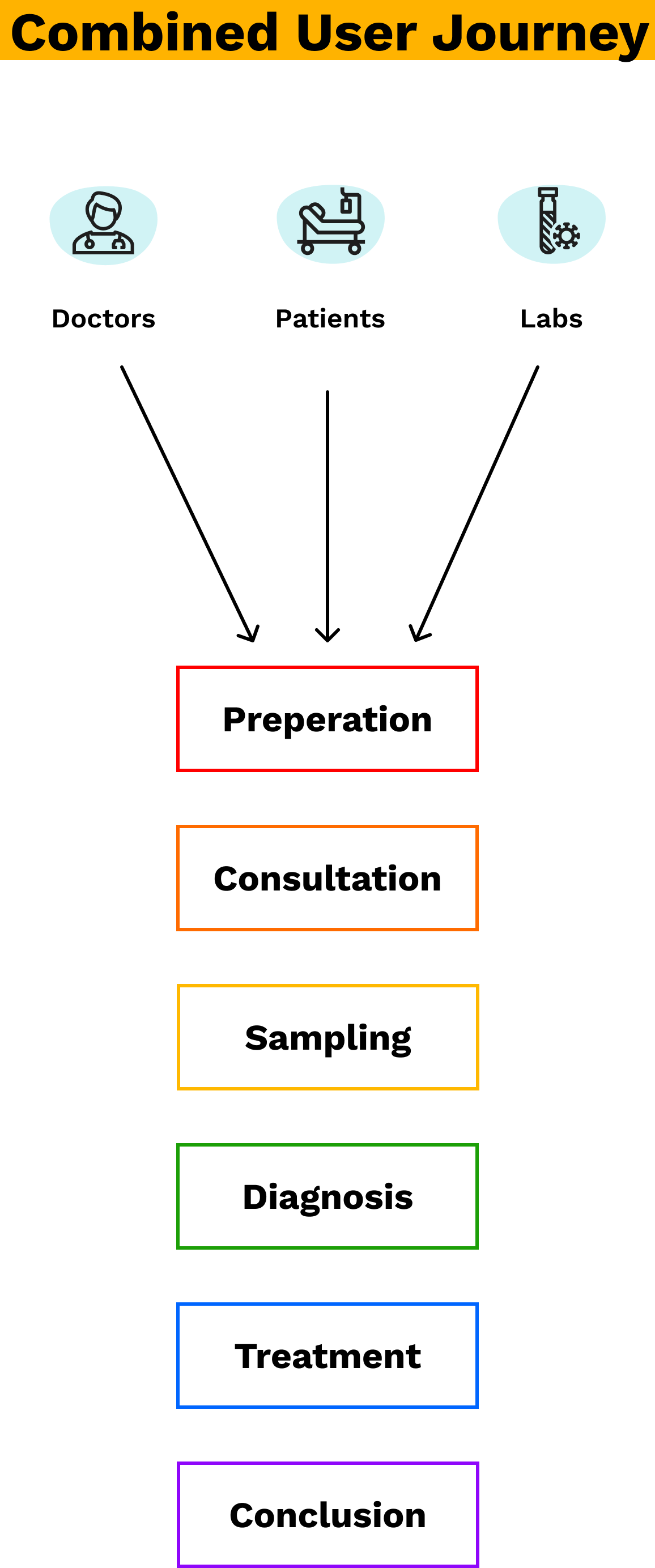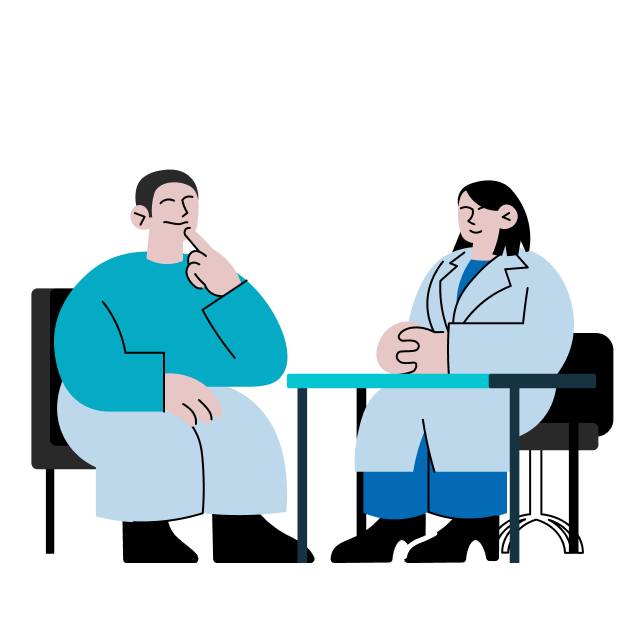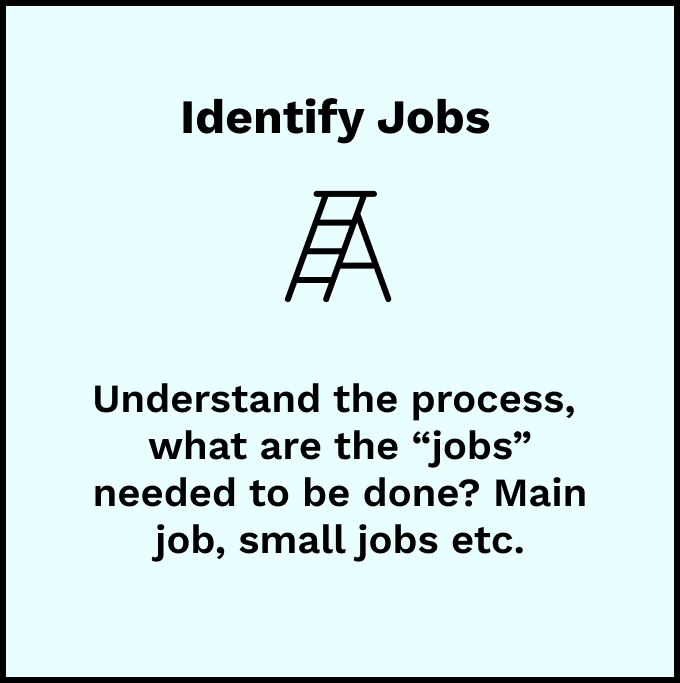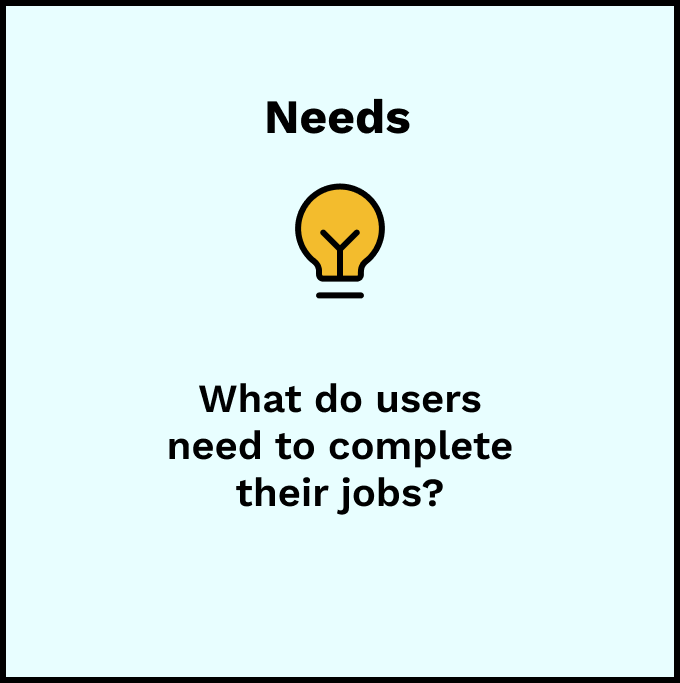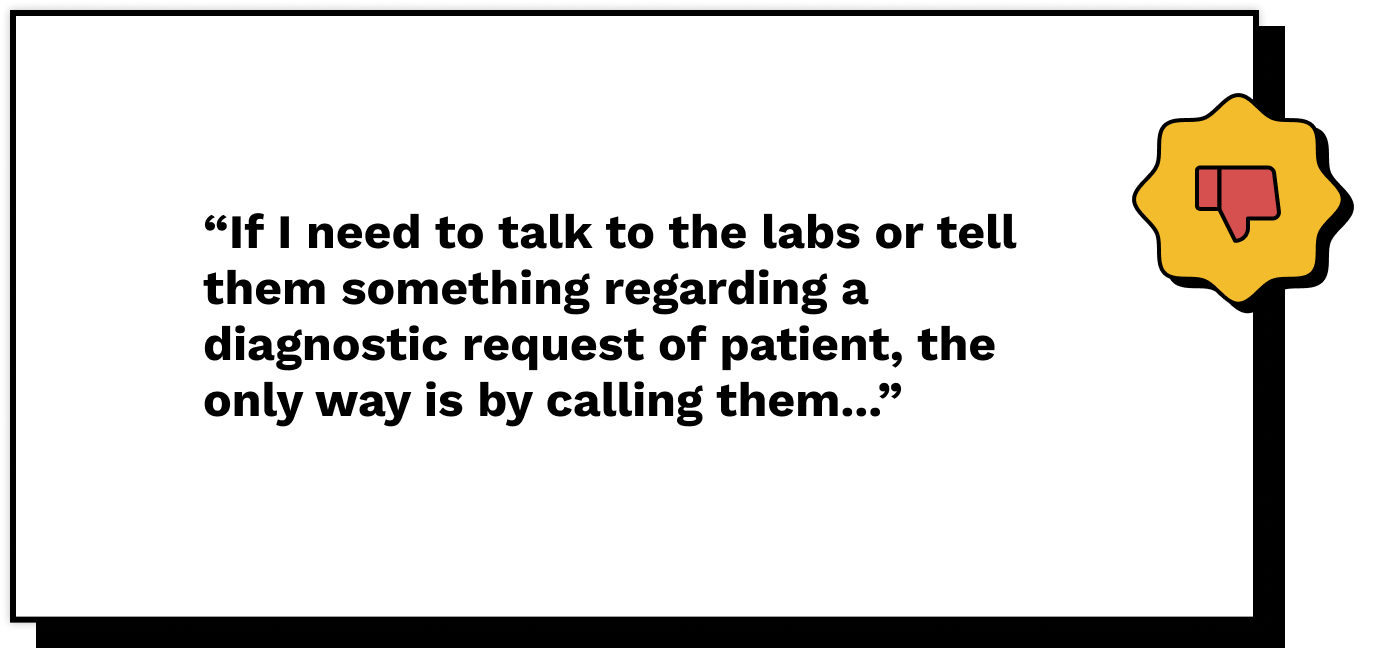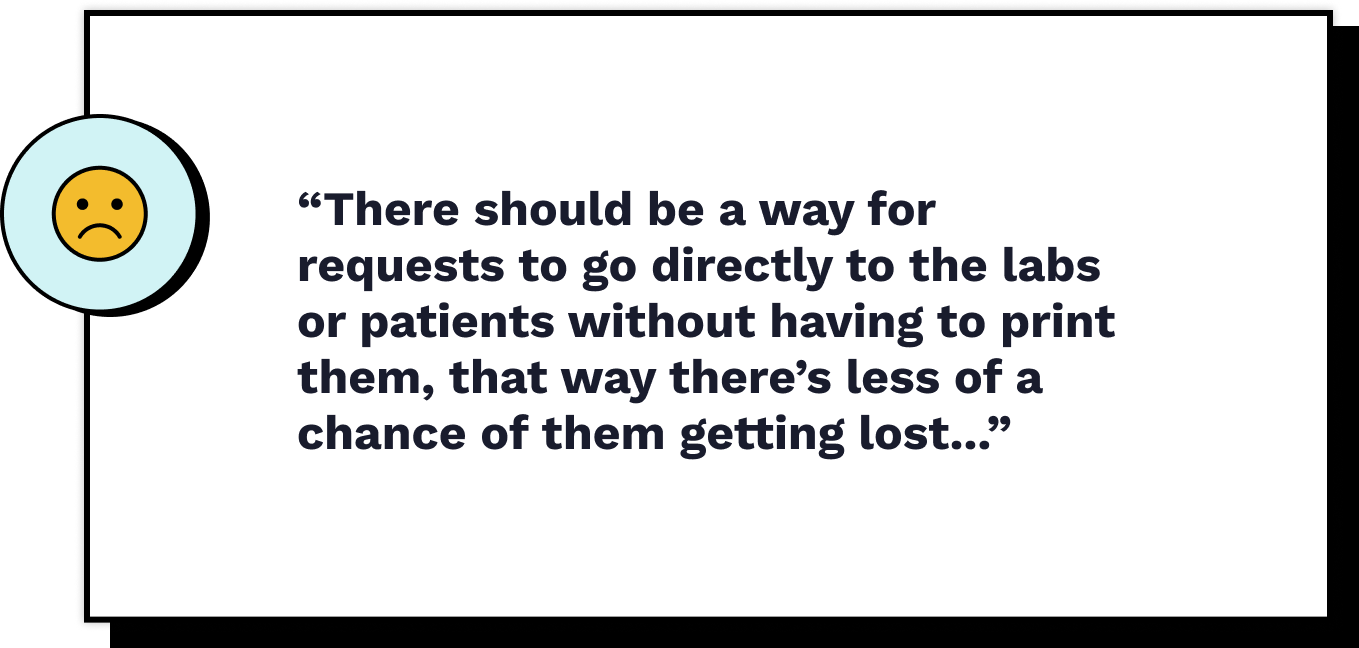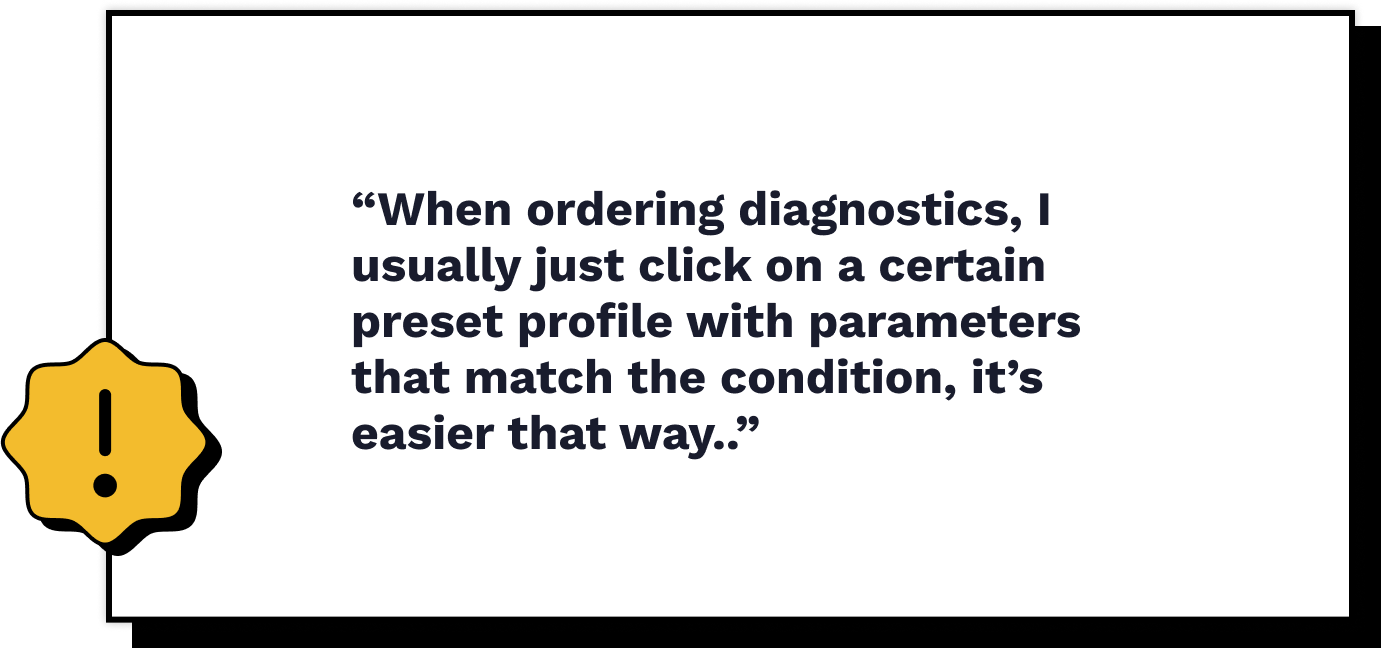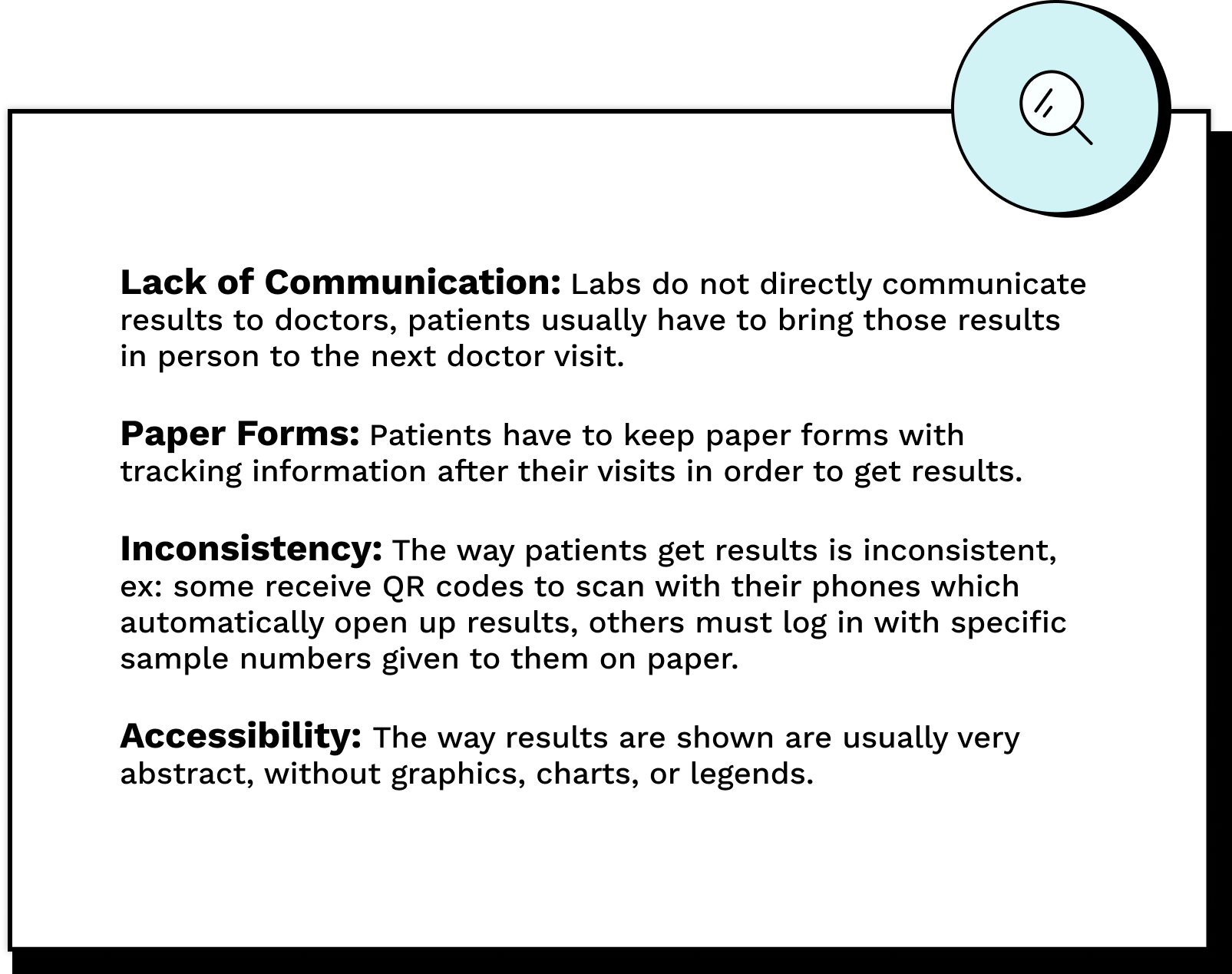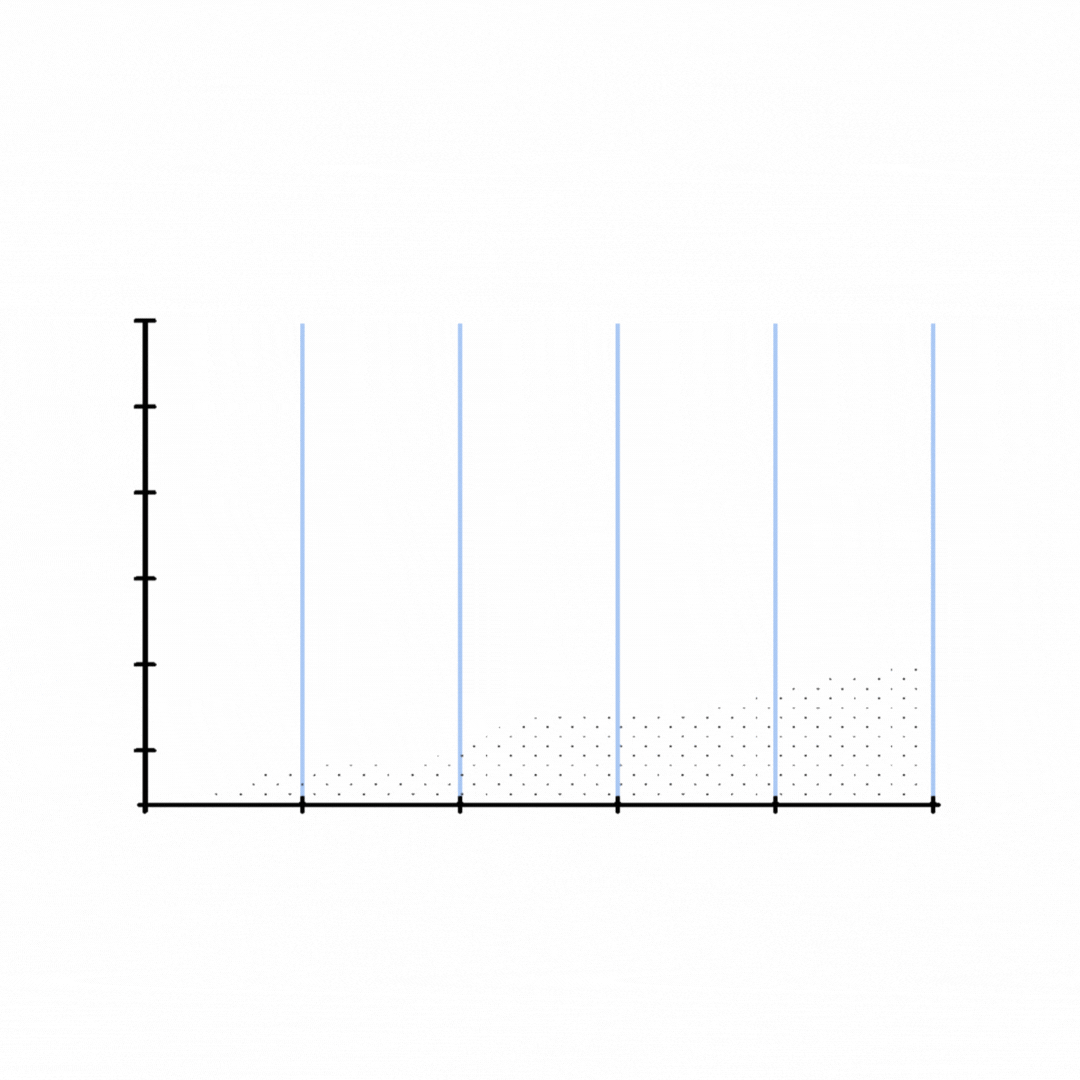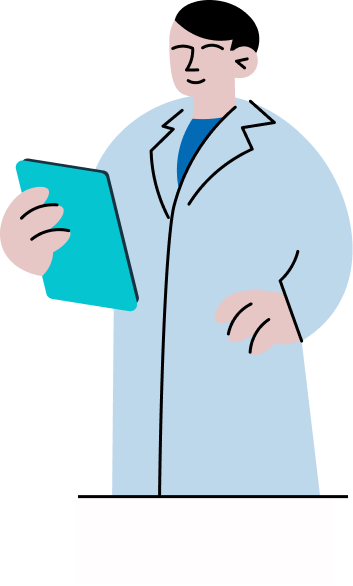Daslab is a Berlin based digital testing aggregator platform aimed at simplifying and democratizing access to labtests. The mission is to enable digitalization in order to better connect healthcare providers and customers.
Overview:
Native English and Spanish speaking UX Researcher, In charge of gathering both qualitative and quantitative data, conducting user interviews, usability tests and ideation rounds
My Role:
Duration:
2022 - 2023
The Challenge
With Daslab tapping into the Spanish market, the need to better understand the current Spanish healthcare system was imperative in order to bridge the gap between medical diagnostic tests and healthcare at a distance for both doctors and patients.
What are pain points for doctors when ordering diagnostic tests and what do they need?
What are pain points for patients with regards to doctor visits and following up with diagnostic tests?
How is the process between doctors,patients and labs? Where can we find a solution to improve telehealth?
-
Combined User Journey
10 User Interviews
120 Surveys
5 observations
Contextual Inquiries
Secondary Research
-
Synthesizing Data
Jobs to be Done
How Might We’s
-
10 Usability Tests
Iterations
Research
Research started with a few important questions: What do we know, what do we think we know and what do we need to know?
Connecting 3 different Users
The process of handling labtests differs from doctors to patients to labs. Having 3 users meant that first we had to connect and understand how their experiences merged and depended one another.
With the help of secondary research and insights collected from subject matter experts, we were able to create a combined user journey. This journey helped us map out the process along with understanding the areas in which we still lacked information.
We sent out 120 surveys to gain a better understanding on patient’s relationship with the Spanish healthcare system and potential areas for improvement within the diagnostic request process. Our target audience were adults who had private health insurance and who had seen a physician within the last 6 months.
120 surveys
5 Interviews
High Level Insights
Understanding Results
Doctors Visits
Paper Forms
What are patients saying?
Jobs to be Done
The biggest chunk of the research regarding budget and time consisted in conducting 10 user interviews with doctors from different specializations. The interviews were critical for us to gain a better understanding on the jobs that doctors needed to do and any opportunity to facilitate that for them. We were also able to gain a better understanding with regards to the type of parameters doctors use when requesting diagnostics.
What are doctors saying?
Observations and Contextual Inquiries
The middleman between doctors and patients are labs as they are the ones who process the diagnostic requests and deliver the results. For this reason I conducted 5 observations and contextual inquiries to focus more on what they actually do rather than on what they say they do. These are key insights I gathered:
Define
Once having collected this vast amount of information it was time to synthesize the research by prioritizing the insights, defining the problem we want to solve and kicking off ideation with How Might We statements.
Doctors have to communicate and share information with various stakeholders; patients, labs, other doctors.
Doctors mostly order the same panels and parameters over and over again.
When requesting diagnostic tests, doctors do not have a way to directly communicate with labs.
Doctors
Patients
The diagnostic process is messy and complicated; paper work.
Patients are responsible for all diagnostic handling.
Although this is a continuous process of improvement and iterations, these were the latest ones that highlight the areas which the team will continue to develop and perfect:
Solutions & Iterations
-
Diagnostic Report
Reports have easier to understand graphs and data is displayed more visually making it easier to understand for all parties involved.
Highlights:
Easy sharing options for doctors and patients
Graphs and charts that show patients and doctors longitudinal data of health progress
-
Requesting Diagnostics
We created a request form with a commonly used section which personalizes the parameters that the doctors tend to see according to their specialization.
Highlights
Doctors save time by easily selecting commonly used parameters rather than having to scroll and look for them
-
Sharing Requests
Connecting doctors, labs, and patients takes the burden off of the patients who are responsible for diagnostic handling. This way all three parties are connected through the process.
Highlights:
Allows doctors to share with patients according to their preference; email, text, or QR code.
-
Text Field
Doctors save an additional step with a text field allowing them to leave comments directly to the labs receiving the diagnostic requests.
Highlights:
Doctors are directly connected with labs as opposed to having to call or reach out.
Testing
Usability Tests & Next Steps
I conducted 10 usability tests with doctors and found some important areas to improve based on the feedback gathered:
Doctors want more ways to personalize parameters during the selection process.
Adding a field for patient history number and birthdate to better identify patients is crucial.
Both patients and doctors want more variations for cumulative data visualization.
Daslab will continue designing the digital diagnostic process for patients.









